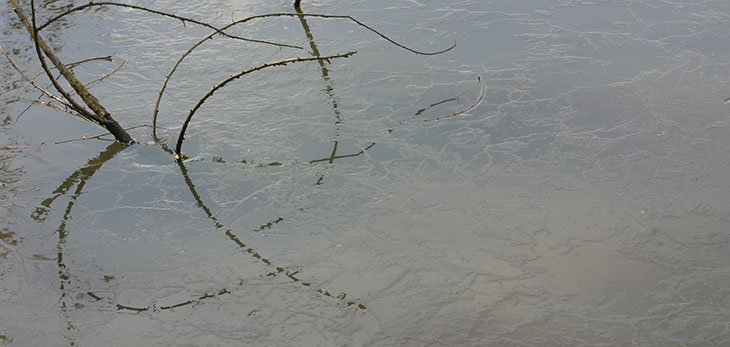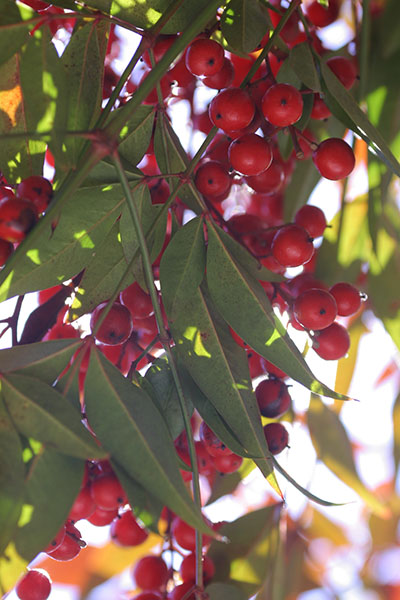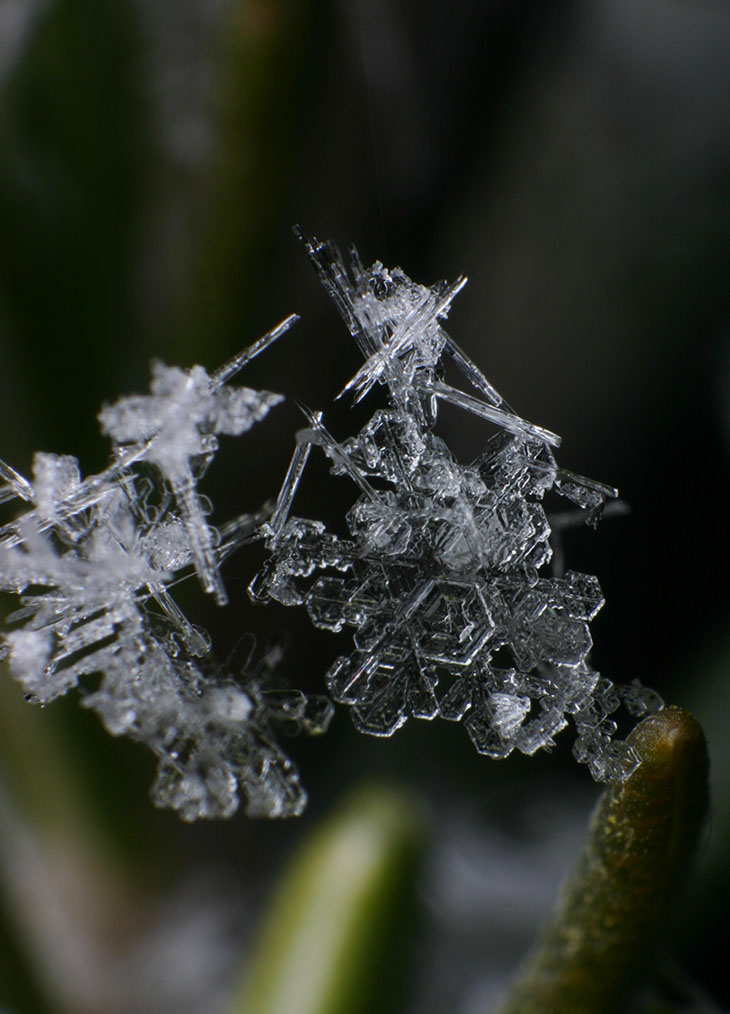
 Like most of the country, we’ve been having some longer spells of cold weather, a bit lower temperatures than normal for this time of year, but Monday popped up clear, sunny, and shockingly warm, hitting about 20°c (68°f) – a new student who had been aiming for a day with good conditions to meet contacted me at the last minute, and I headed out. We met near a pond, where the last vestiges of ice lent a curious texture to the water, while we wandered around without even jackets. A few turkey vultures (Cathartes aura) wheeled overhead, seeking thermals, as we talked about composition, framing, and contrast. I typically don’t take a lot of images while working with students, partially because I prefer to concentrate when shooting, but mostly because this is their time, not mine. There’s also a balance point, because when someone is after an image, they’re usually tuned out to anything being said and not absorbing too much; it’s better to sit down and talk theory for a bit before going out to apply it in practice. Some, however, tend to take their cue from me, and will seek out more shots if I’m doing my own, perhaps because it reduces the idea that I’m watching them and judging their approach. I’m pretty easygoing about it all; I’ll talk about what makes a subject stand out and how to use the surroundings to good effect, but not how they should approach their photography. Tastes and styles differ; I encourage students to embrace their own, and just help them achieve it.
Like most of the country, we’ve been having some longer spells of cold weather, a bit lower temperatures than normal for this time of year, but Monday popped up clear, sunny, and shockingly warm, hitting about 20°c (68°f) – a new student who had been aiming for a day with good conditions to meet contacted me at the last minute, and I headed out. We met near a pond, where the last vestiges of ice lent a curious texture to the water, while we wandered around without even jackets. A few turkey vultures (Cathartes aura) wheeled overhead, seeking thermals, as we talked about composition, framing, and contrast. I typically don’t take a lot of images while working with students, partially because I prefer to concentrate when shooting, but mostly because this is their time, not mine. There’s also a balance point, because when someone is after an image, they’re usually tuned out to anything being said and not absorbing too much; it’s better to sit down and talk theory for a bit before going out to apply it in practice. Some, however, tend to take their cue from me, and will seek out more shots if I’m doing my own, perhaps because it reduces the idea that I’m watching them and judging their approach. I’m pretty easygoing about it all; I’ll talk about what makes a subject stand out and how to use the surroundings to good effect, but not how they should approach their photography. Tastes and styles differ; I encourage students to embrace their own, and just help them achieve it.
 I will talk about creative approaches, however, such as going in behind these nandina (Nandina domestica) berries for an uncommon perspective. Aside from the curious view, there’s a sneaky little advantage to doing this: the conditions were bright and contrasty, and brilliant red subjects often go oversaturated in digital images with such light. When there’s no chance of a handy cloud or haze, you can find the shady side and prevent the color from becoming too vivid, giving a hidden, secretive air to the image at the same time.
I will talk about creative approaches, however, such as going in behind these nandina (Nandina domestica) berries for an uncommon perspective. Aside from the curious view, there’s a sneaky little advantage to doing this: the conditions were bright and contrasty, and brilliant red subjects often go oversaturated in digital images with such light. When there’s no chance of a handy cloud or haze, you can find the shady side and prevent the color from becoming too vivid, giving a hidden, secretive air to the image at the same time.
Though the day was lovely, there was the promise of change, since a winter storm was due to roll in within the next two days, perhaps dumping ten centimeters of snow on us. That’s an abrupt change even for this state; I listen with but half an ear to weather reports, since they’re notoriously unreliable in the area, and have been on the phone with people only a few kilometers away, comparing radically different conditions. A few years back a coworker questioned me as to why I was late for work, since the office had received a bare dusting of snow; I had to take her out and show her the 12 cm of accumulation in the back of the pickup bed, indicating the conditions found in the northern part of the county (I was polite, and did not tattle on another coworker, who had called this transplanted New Yorker for a ride since she couldn’t drive in the white stuff, but way later than she should’ve called me – we would have been late regardless.)
Yet, this time the report was pretty accurate. In the early evening (yesterday, now,) the snow started, fitfully, then getting into its stride, and a few centimeters have already coated everything. The nandina would be very fetching with a nice layer of snow, but we’ll have to wait and see if the roads are going to be acceptable – I’m not into risking my neck for a shot, no matter how scenic. This didn’t mean I couldn’t start off with some local shots, and I’ve been after decent snowflake images for a while now. What’s necessary are nice low temperatures, for one – the surfaces that the flakes gather on have to have gotten cold enough not to melt them on contact. And it also takes a few flakes that have settled distinctly separate and at a useful angle, especially one where the lighting can be managed.
The temperature we’ve got – it’s -5°c (22°f) as I type this, and potentially dropping even lower. And the rosemary bush provided some nice support, especially with the help of some web strands courtesy of the green lynx spiderlings (Peucetia viridans) that still inhabit the bush. The spiders were nowhere to be seen, unsurprisingly, but the evidence of their presence was highlighted by the snow.

If you look close, you can just seen the web line coming in from the top of the image, supporting the snow in a curious sculpture. The vast majority of the accumulation were these linear ice crystals, often called ice needles or columns, with just a few flakes peeking out here and there, making it even harder to find a decent subject. At this magnification, depth-of-field is minuscule, only a few millimeters at best, so you choose your focal point judiciously; naturally I went for the classic flake hiding back there, which (solely by chance) captured the web strand as well. But it’s the next one that I’m most pleased with.

Sure, I would have liked a nice, singular snowflake to make a distinctive composition, but you know what? I’ll take this for the time being, since it’s the best I’ve done so far. The web line is also just barely visible in this image, center top, but whether you can see it or not, you have to admit it helped display the snowflakes quite well. If I can keep raising the bar on my winter pics in this manner, I might even be able to stand the snow for a few days.
A few. Then get out of here. Did the long-term snow cover thing when I lived in New York for 17 years – that was quite enough.




















































